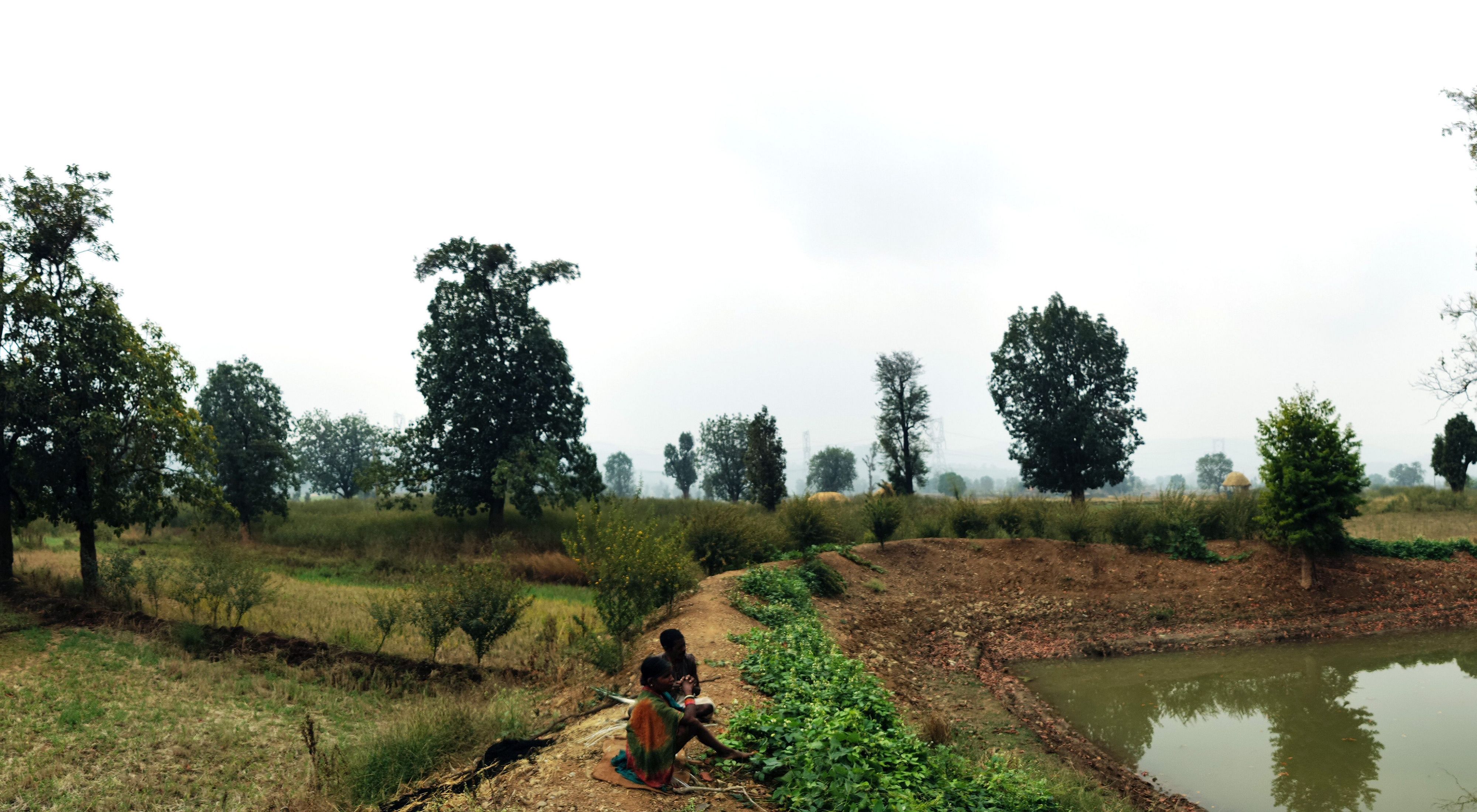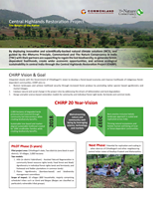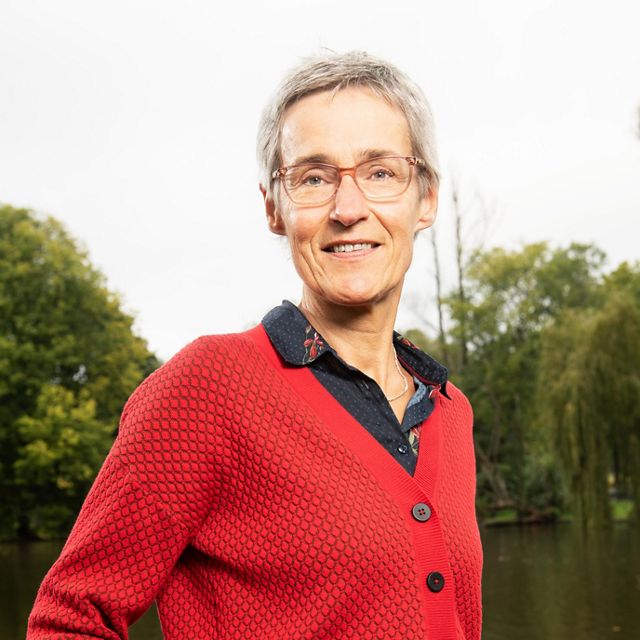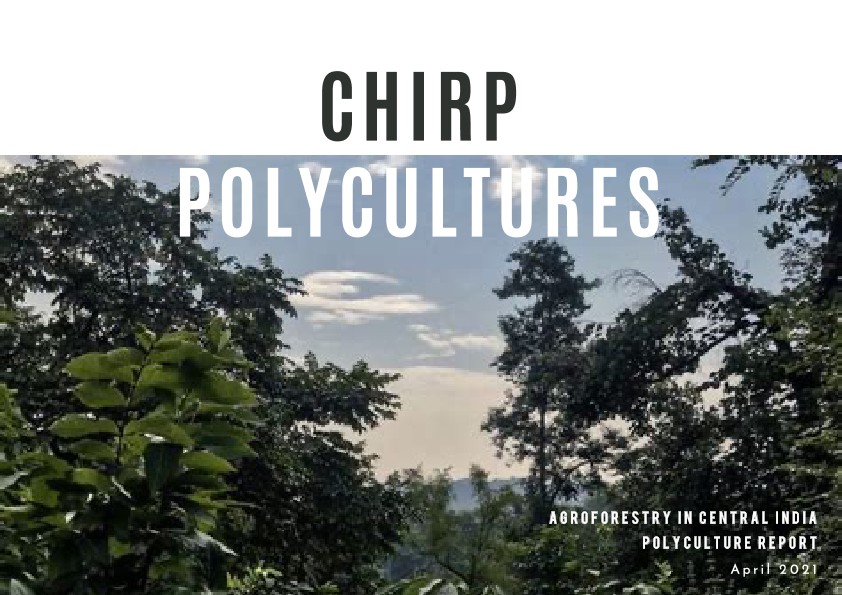Protect and Restore Wild Habitats
Central Highlands Restoration Project (CHiRP)
Conserving and restoring forested landscapes with and for local communities in Central India
With a varying and complex land management regime, most of India is constituted of densely populated multi-use landscapes, interspersed with biodiverse – and often threatened – ecosystems.
India’s protected areas (PAs), which are strongholds of its biodiversity and ecosystem services, cover just five percent of its landmass. The median size of India’s PAs is very small and these ‘islands’ alone are not sufficient to conserve India’s rich biodiversity and natural heritage. The broader landscapes within which these PAs are located need to be conserved and sustainably managed as well. This requires integrated planning for various categories of lands in an area, such as forest lands, common lands and agriculture lands. Further, local communities need to be actively involved at all stages – from planning to implementation.
This sounds good in theory but is it possible to translate these ideas into concrete actions on the ground?
Our approach to restoring forests
The Central Highlands Restoration Project (CHiRP), supported by IKEA Foundation, is a multi-stakeholder initiative with a range of partners playing complementary roles. Different organisations involved in this project in different capacities include Commonland, Samerth Charitable Trust, Global Business Inroads, and United Designers. The project aims to demonstrate a holistic approach to landscape restoration, especially through integrated planning and interventions on different categories of lands and the 20-year, three zones, 4Returns framework developed by Commonland.
Launched in 2019, CHiRP aims to conserve and restore forested landscapes while improving the livelihoods of forest-dependent communities. It seeks to balance economic development with sustainable resource management by providing science-based win-win solutions, thereby enabling communities and nature to thrive together. By 2025, the project aims to have 2,000 hectares of land restored and protected, with sustainable income sources based on robust market linkages developed for 1,000 smallholder families while creating biodiversity and climatic benefits.
The project’s unique feature is that it includes interventions to cater to both the demand and the supply side. The land management and restoration interventions will help improve the ecosystems’ ability to provide a range of products and services in a sustainable manner, and the development of market linkages will help to create demand for such sustainable products and services, thereby supporting livelihoods of local communities and farmers.
4Returns framework
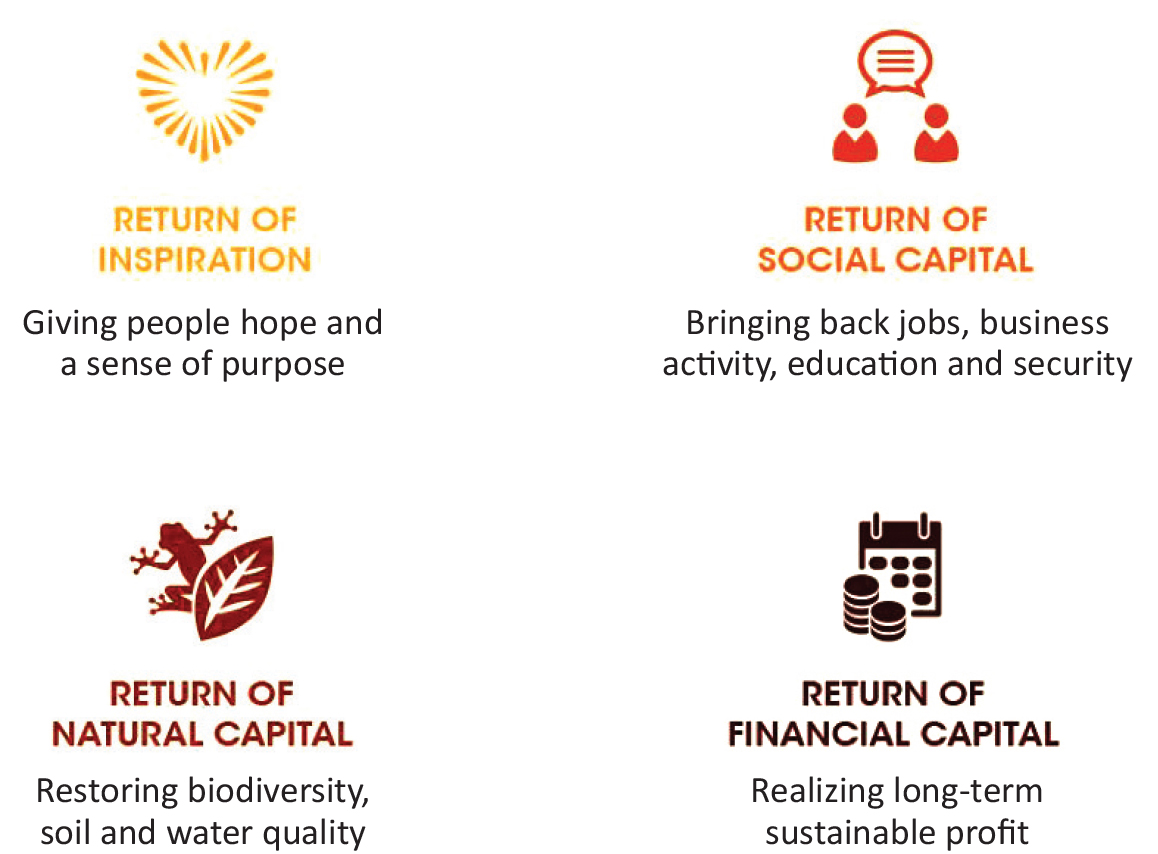
Pilot in Chhattisgarh
CHiRP is a community-driven, multi-partner, and co-designed forested landscape conservation and restoration initiative that seeks to build sustainable partnerships, healthy landscapes, and thriving communities.
A field pilot has been launched in Chhattisgarh, which covers ten villages in the Bodla block of Kabirdham district, which are primarily inhabited by the Baigas and Gonds tribal groups, with the former being classified as a Particularly Vulnerable Tribal Group (PVTG).
The key focus areas under the field pilot are given below:
- Landscape conservation and restoration: CHiRP seeks to pilot community-driven landscape restoration models by covering different land use categories. Scientific restoration plans are being developed to conserve and restore the ecological functions of pilot landscapes. Key interventions can be broadly classified as:
- Recorded Forest Areas: We are targeting the Recorded Forest Area recognized under the Community Forest Resource Rights (Scheduled Tribes and Other Traditional Forest Dwellers (Recognition of Forest Rights) Act, 2006) for conservation, assisted natural regeneration, stream rejuvenation, plantation, and sustainable harvest. These activities will help to restore forest lands, improve water retention, and improve biodiversity.
- Individual Forest Rights lands, agricultural lands and common lands: Watershed development activities and diversified agroforestry/food forest models will be introduced in Individual Forest Rights lands (Scheduled Tribes and Other Traditional Forest Dwellers (Recognition of Forest Rights) Act, 2006) and agricultural lands, while common lands will be utilized for fuelwood and fodder plantations. Diversification of agroforestry will help to reduce pressure on natural forests and mitigate the risks of a single cropping system.
- Market linkages: While the conservation and restoration initiatives cover the supply side and improve the productivity of ecological and agricultural systems, better market linkages and other demand-side interventions will help in reconciling biodiversity and livelihoods by improving price realisation of Non-Timber Forest Products (NTFPs), agroforestry products, and other produce for the collectors/producers. These interventions include aggregation, grading, value addition, certification, and marketing.
Community in action




















Translating rights into better outcomes for people and nature
In the Adivasi populated areas of Kabirdham district of Chhattisgarh, early wins have been secured by communities in six out of 10 pilot villages, through the government’s recognition of their community forest resource rights and individual forest rights over 3,000 hectares of forests under the Forest Rights Act. However, much work remains to be done to translate these rights into better outcomes for people and nature. While securing claims under the Forests Rights Act received attention from various stakeholders, there has been less focus on supporting communities to manage these lands once the rights are secured. The project is addressing this gap.
Leveraging government schemes and self-help groups
Local communities and our partners are crucial stakeholders in the work we are doing, but so are state government and civil society institutions.
Quote: Mradul Choubey
We are engaging with various government departments and local communities while developing site-specific restoration plans and designing other interventions.
The CHiRP team has supported the local communities and relevant government agencies for the creation of public assets, such as measures for promoting natural regeneration and tree plantations, through government schemes such as the Mahatma Gandhi National Rural Employment Guarantee Scheme.
CHiRP is reviving and building capacities of existing self-help groups to utilize their collective bargaining power especially for developing market linkages for native tree species, bamboo, and other NTFPs. To provide financial support and bank credit for the self-help groups, the team is supporting them to link with the State Rural Livelihoods Mission. CHiRP is also providing technical guidance and hand-holding support to develop a decentralized nursery at Kabripathra (one of the pilot villages), that is being managed by a self-help group. The seedlings of native tree species grown in this nursery will be used for plantations for restoring the landscape.
The project is also exploring links with the relevant government agencies to ensure improved NTFP price realization for the local collectors through the Minimum Support Price initiative of the government and by establishing NTFP-based enterprises.
The way forward
In the next 20 years, the project partners plan to scale up forested landscape conservation and restoration work across central India, especially in the states of Chhattisgarh, Madhya Pradesh, Maharashtra, and Odisha. This will require close collaboration with a range of stakeholders in government, civil society, the private sector, and academia.
The project will not only significantly enhance local communities’ sustainable income from the forested landscapes but will also contribute towards equity as it is the marginalized sections such as the landless poor, artisans, and women that are more directly dependent on these landscapes for their livelihoods, such as through NTFP collection.
We look forward to new collaborations and express our sincerest gratitude to all our existing partners, advisors, and supporters for their continued encouragement and support.
